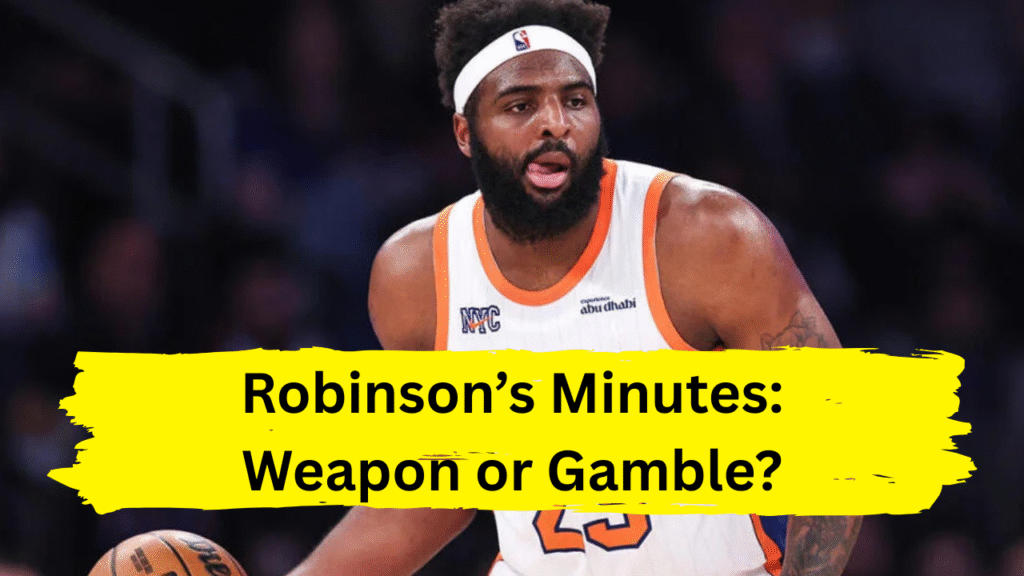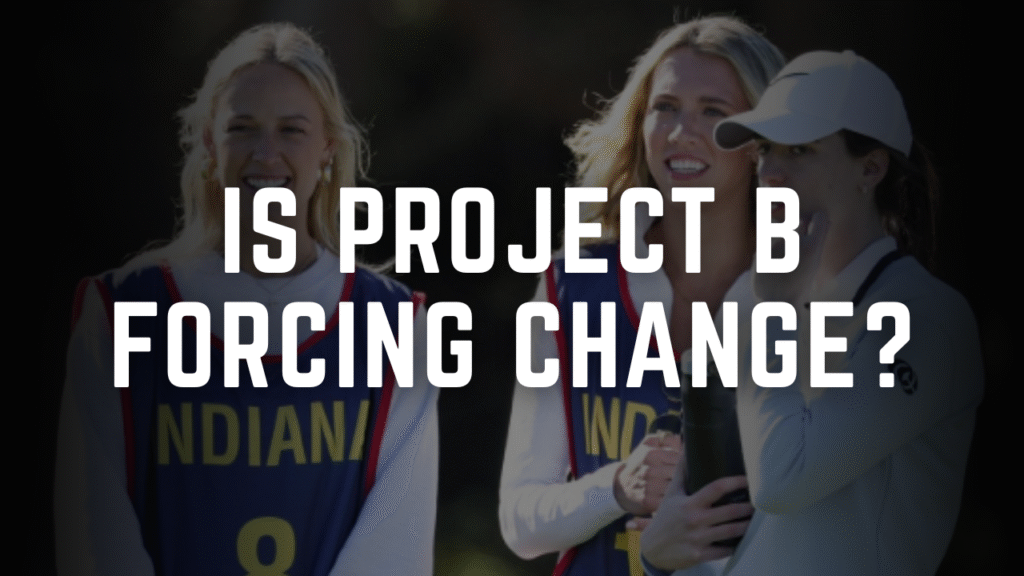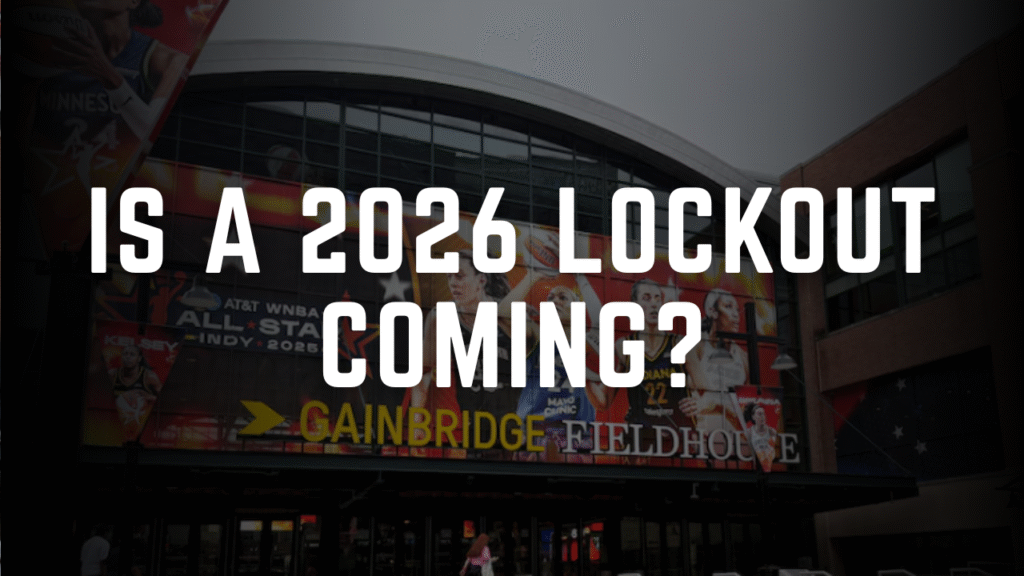In the crucible of the NBA playoffs, where every possession can tilt a series, the New York Knicks face a pivotal question: Is Mitchell Robinson’s limited-but-impactful role a hidden key to their championship aspirations, or a risky bet on a player whose body and flaws could betray them? The debate intensified after Josh Hart’s recent plea for Robinson’s increased minutes, citing his staggering +6 impact in limited play during critical games. But as the Knicks battle for their first NBA Finals berth in 26 years, the stakes of this decision loom larger than ever.
The Case for Robinson: A Defensive Juggernaut
Mitchell Robinson’s value transcends box scores. Despite averaging just 4.7 points in the second round against Boston, his defensive presence anchored the Knicks’ resurgence. In 20.7 minutes per game, Robinson grabbed 8.0 rebounds, disrupted passing lanes with 1.0 steals, and generated 8.3 screen-assist points—a metric rivaling elite centers like Nikola Jokic . His ability to switch onto guards and protect the rim has allowed New York to deploy a versatile defense, stifling opponents’ transition plays—a critical edge against the Pacers’ league-leading 1.51 points per possession off defensive rebounds .
Robinson’s impact is crystallized in his plus/minus. During the Knicks’ Game 2 win over Boston, he posted a team-high +19 while the starters floundered in the negatives. Over two games, New York outscored opponents by 32 points with Robinson on the floor—a testament to his gravitational pull on both ends . His partnership with Karl-Anthony Towns in a rare twin-towers lineup has been particularly devastating: in just 9 minutes together, the duo outscored Boston 20-4, masking Towns’ defensive lapses with Robinson’s rim protection .
The Gamble: Injury History and the Hack-a-Mitch Dilemma
For all his defensive brilliance, Robinson’s limitations are glaring. A career 53% free-throw shooter, he’s become a target for the “Hack-a-Mitch” strategy. In the playoffs, opponents have deliberately fouled him, resulting in a cringe-worthy 3-for-11 performance at the line. Celtics coach Joe Mazzulla admitted the tactic aims not just to stall the Knicks’ offense but to force Robinson off the floor entirely .
Then there’s the injury risk. Robinson missed 58 games this season recovering from ankle surgery, and his career has been marred by recurring ailments—he’s played just 91 of 223 possible games over the past three years . The Knicks have cautiously managed his minutes, initially capping him at 18 per game to avoid re-aggravation . Pushing him beyond that threshold could jeopardize both his health and the team’s playoff run.
Josh Hart’s Plea: Teammate Advocacy Meets On-Court Reality
Josh Hart’s call for Robinson’s expanded role isn’t just camaraderie—it’s rooted in practicality. Hart, the league’s “Minutes Champion” (37.6 MPG), understands the toll of carrying heavy workloads. His advocacy reflects a locker-room recognition that Robinson’s rim protection and rebounding relieve pressure on perimeter defenders like himself .
Hart’s own evolution—from a hesitant 3-point shooter to a triple-double machine—mirrors the Knicks’ need for adaptability. His nine triple-doubles this season shattered franchise records, but even Hart acknowledges that Robinson’s unglamorous grind—setting screens, securing second-chance points—fuels the team’s identity . “He sacrifices so much for the team,” Towns said of Hart, a sentiment that equally applies to Robinson’s blue-collar contributions .
Thibodeau’s Tightrope: Trust vs. Caution
Head coach Tom Thibodeau, notorious for leaning on proven veterans, faces a delicate balancing act. He’s praised Robinson’s “great feet and anticipation,” noting his improved discipline in avoiding “cheap fouls” . Yet Thibodeau’s reluctance to fully unleash Robinson stems from valid concerns. The center’s minutes have crept up slowly—from 12 in his return game to a season-high 24 against Miami—but remain below his pre-injury norms .
The twin-towers experiment with Towns remains a “work in progress,” per Thibodeau, but early returns suggest tantalizing potential. Their combined rim protection and floor-spacing could redefine New York’s playoff blueprint, provided Robinson’s body holds up .
The Verdict: Calculated Risk or Missed Opportunity?
The Knicks’ championship window hinges on this decision. Robinson’s per-minute impact is undeniable: his offensive rebounding (3.8 per game vs. Boston) fuels second-chance points, while his switchability neutralizes elite scorers like Jayson Tatum . Yet increasing his workload risks exposing his free-throw woes and injury history.
Hart’s plea underscores a broader truth: in the playoffs, marginal gains decide titles. Robinson’s +6 net rating in limited minutes isn’t just a stat—it’s a lifeline for a team starved for defensive identity. The gamble isn’t reckless; it’s necessary. As Mazzulla warned, “If you get by one [Knicks big], you’ve got another waiting at the rim” . For New York, that second line of defense might be the secret weapon they’ve overlooked.
The clock is ticking. With the Pacers’ transition attack looming, the Knicks must decide: Will they bet on Robinson’s fleeting brilliance, or let caution dictate their demise? In the playoffs, fortune favors the bold—and Mitchell Robinson’s time to shine may finally be here.
For more insights on the Knicks’ playoff strategy and Mitchell Robinson’s evolving role, explore the sources linked above.


